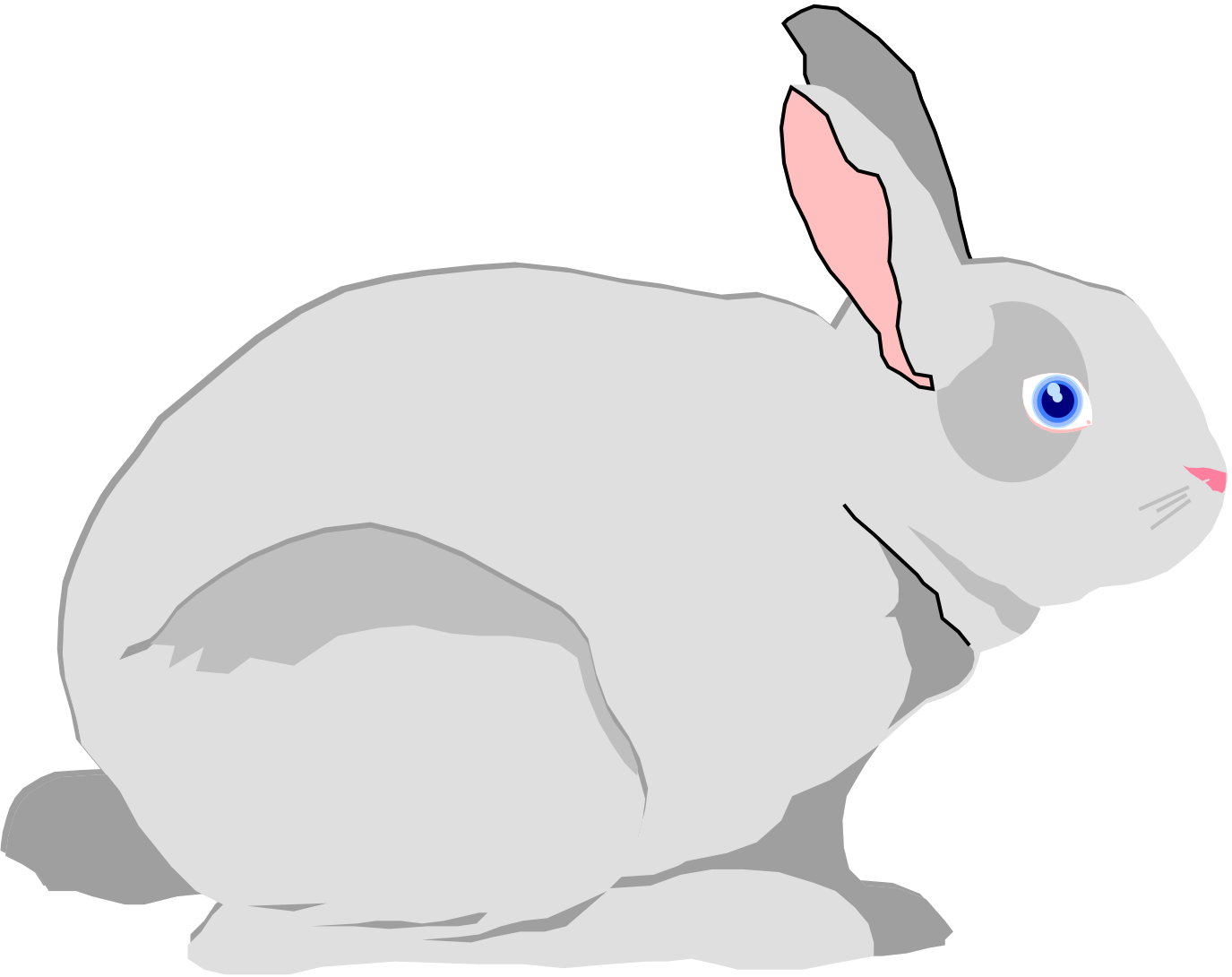In over 50 years of trading and investing I’ve learned the key to success is to train your thinking. Investing is no different to any other professional mental activity, such as sport.
Take a portfolio approach
This helps contain over-enthusiasm for individual plays, avoids emotional damage from inevitable individual security failures from time to time and protects you from excessive security risks.
Adopt a long term horizon
Realise this is a lifetime commitment. If you try and just pick the sweet spots in the stockmarket you are apt to be disappointed. It is too easy to sit in cash waiting for the right time to invest, one of the key reasons mass investors fail. (Not to be confused with active market timing).
Be Enthusiastic
Maintaining enthusiasm for investing enhances performance and avoids burnout. Take an active interest in your investments by following their progress in newspapers, journals etc. Be careful to not make knee-jerk investment decisions based on this reading. Rather soak up the information.

Be psychologically prepared
To be successful in investing you must have faith in your ability. A tennis player does not win Wimbledon and only then embrace the idea they are a talented tennis player. No, firstly they must have faith in their ability to win. Coaches for elite athletes recognise the importance of psychological preparation in achieving success. Success follows for investors who are mentally prepared for their success. This includes an ability to analyse failures and separate those due to unforeseen events or poor luck from those due to personal failings that can be corrected in the future.
The hare and the tortoise
There is no holy grail of investment style. Incorporate successful principles into your own style. You will be more comfortable this way trading & investing. Know thyself.
Consider Aesop’s fable of the hare and the tortoise. They competed in a race. The hare had speed in its favour. The tortoise was not expected to come close, let alone win. And yet the tortoise did win the race. It’s worth examining why.
The hare is a warm-blooded animal, living by its emotions. It is always looking about at what other people are doing. It sees others may be doing better than it is, so it is prone to abruptly changing direction. It has sudden bursts of energy and enthusiasm, but then loses interest and concentration. It gets bored with the race and becomes complacent. It intends to get back into the race but does not.
The equivalent investment risks are holding cash for the duration of a bull market or committing heavily at the tops of markets and then watching in disbelief as the previously invincible momentum stocks lose ground.


The tortoise by contrast is a cold-blooded animal. It is not ruled by its emotions. It recognises it has a number of impediments to rapid movement, such as a short set of legs and a heavy shell. The tortoise has a hard shell so when the knockers come along and tap on the shell and say, “I told you to stick to property” the tortoise ignores them. The tortoise is not distracted from its task. I once had a tortoise for a pet. Like all young boys, I delighted in turning the tortoise around away from the lettuce to see whether it would turn itself back around. It did so every time. It never even rested. Eventually its persistence prevailed. The tortoise got the lettuce.
In Aesop’s fable the tortoise won the race. Why? It remained resolute in its strategy despite watching the superior early gains made by the hare. It controlled its emotions, and it spent more time in the race than the hare. The hare became complacent with its early gains, and took early profits. It intended to get back into the race, but somehow never did.
Humility is King
Be humble. The market is always right even when it is illogical for long periods. You would not remain standing on a railway track saying “This train is an illusion – it’s not due for another 30 minutes.” Sometimes investors think they are bigger than the market. No one is. Markets often move in completely the opposite direction to conventional logic, or overshoot and undershoot expectations, so you need to recognise this in your thinking. Investing is a very inexact science. Making wrong trading calls about 30% of the time is part of the reality.
In such an inexact world, luck appears to play a considerable part. But investment luck can be partially managed. Gary Player, the famous golfer, drew the comment from a spectator that he was a lucky golfer. “Yes”, said Player, “and the more I practice the luckier I get”. Player practiced playing the type of shots which left open the possibility of a lucky result. Had he used a different club, hit with more weight, used less spin, not had confidence in producing a good result, then luck would not have been available.
In winning the inaugural Sun Herald Money Race in 1998, I used potential luck to my advantage. Early in the competition, ahead of the AMP float, I bought 100,000 Colonial Rights at 12 cents each, a $12,000 outlay. Colonial had fallen in price from $5.40 to $4.40, trading below the rights exercise price of $4.50. The rights appeared cheap, as there was a good prospect that the share price would recover to $5.00 anyway. AMP added another dimension of potential luck. It was likely that AMP would come on at a reasonable premium since there were simply not enough shares in the hands of investing institutions. Indexed funds in particular were under pressure to buy. Private investors meanwhile had been given shares at a much lower price than the expected opening so there would be reduced stagging pressures. All in all it added up to an attractive trading play. The rights closed at 9 cents on the Friday and I predicted in the Sun Herald on the Sunday that I expected to sell them at 50 cents the following week.
Luck prevailed. Due to a mix-up by one lead underwriter AMP opened on the Monday at $43 rather than the expected $17 to $19. It quickly fell to $24 but even at this price the higher than expected valuation spilled over to the share prices of other insurers and I was able to sell the Colonial Rights at 54 cents which led to an easy victory for the month!
Faith Through Knowledge
Faith based on knowledge is the strongest form of faith. Success in the sharemarket requires a leap of faith for some. Examine the evidence favouring investing in the sharemarket compared with other asset classes.
There was not a single day in the past century where an investor adopting sensible principles and investing a lump sum in the Australian sharemarket for a period of twenty years or more would have done better by choosing any one or a mix of other asset classes (being property, bonds or cash) than investing in just shares.
Faith will help you to avoid panicking when all about you are doing so. Faith will give you the confidence to buy (or sell) when everyone around you thinks otherwise. History is littered with the regular failures of the mass investor to be fully invested at the lows and to be lightly invested at the highs.
Have realistic expectations
Mental preparation includes recognising there is a natural ebb and flow of volatility in markets. The long-term rate of return of shares in Australia has been about 10.5%. Of this about one-third has come from dividends, so growth in share prices of 6.5% per annum is what you have a right to expect over the long term. A 6.5% movement can be delivered inside a couple of weeks. It follows that any given year will normally display frequent surges and pullbacks of 10% or more, and long periods of inaction and narrow trading ranges. Patience between moves is a virtue.

